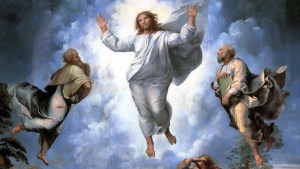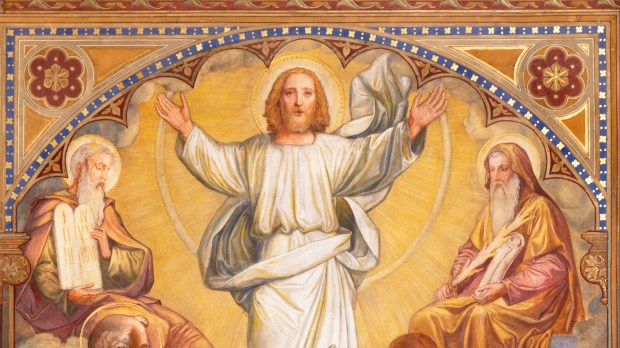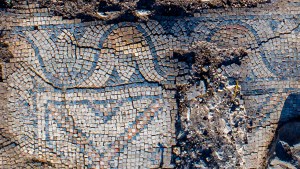When the Gospels recall the event of Jesus’ transfiguration, it is seen as a “precursor” to Jesus’ suffering, death and resurrection.
Some scholars believe it took place during the Jewish Feast of Tabernacles, explaining why Peter was so eager to build a “tent” or “tabernacle” to house Jesus, Moses and Eljiah.
If this is true, then it would have been during September or October that the transfiguration occurred.
Others believe the transfiguration took place closer to Good Friday, preparing his apostles for what would happen next.
Historically it has been celebrated on August 6 for a number of reasons, as related by the Catholic Encyclopedia.
The Latin Church was slow in adopting this feast; it is not mentioned before 850 … it was adopted in the liturgy about the tenth century in many dioceses, and was celebrated mostly on 6 August; in Gaul and England, 27 July; at Meissen, 17 March; at Halberstadt, 3 September, etc. In 1456 Callixtus III extended the feast to the Universal Church in memory of the victory gained by Hunyady at Belgrade over the Turks, 6 August, 1456.
Symbolically, August 6 works well as it precedes the feast of the Exaltation of the Holy Cross on September 14 by 40 days.
As a result, it connects the transfiguration to the cross of Jesus Christ and helps us to see the glory in both.



